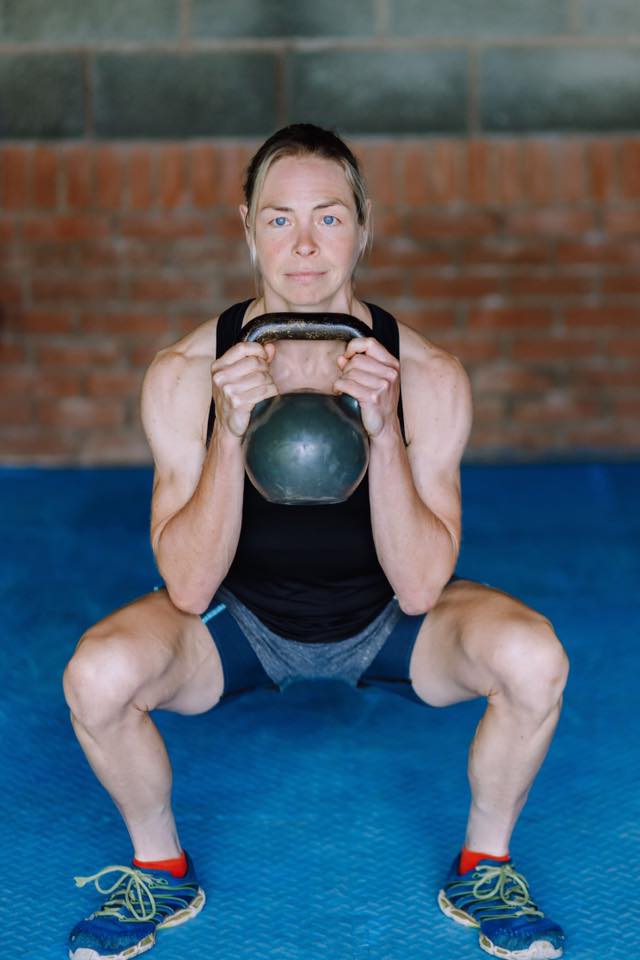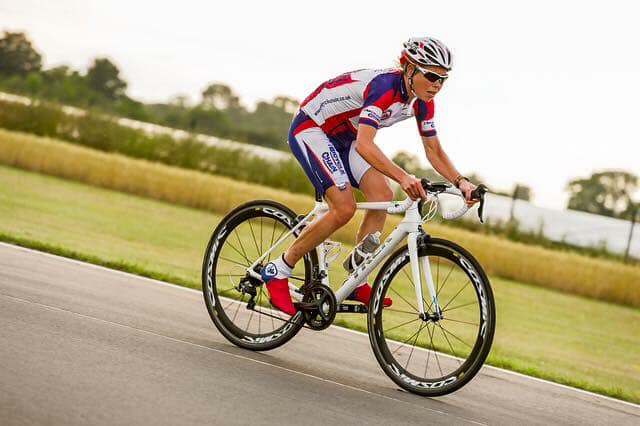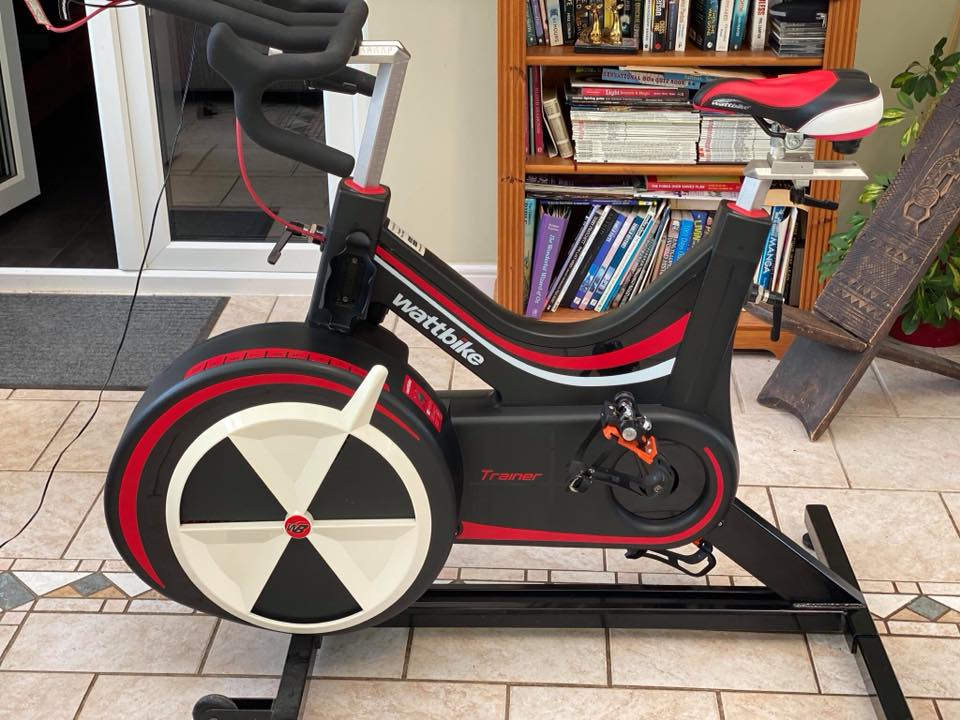Are you wasting time training your core ineffectively?
My top tips on how to improve your core stability to help you move better, perform better and feel better
Core stability or core strength? Is there a difference?
CORE STABILITY is your ability to stabilize the spine because of movement, and is needed to maintain optimal alignment and movement between the pelvis and spine, which will help you move optimally and pain free.
CORE STRENGTH refers to the ability of the muscles to produce force.
When we run, cycle, row or move, the core engages to stabilize your spine, and no matter how strong your abs are or how good your 6 pack looks, if the hips, shoulders and trunk aren’t integrated, we will not move efficiently.
I therefore recommend including exercises which require you to engage the whole of your core musculature reflexively just as you would in real life, rather than isolating muscle groups.
My tips on what you should be thinking about when training your core.
• Focus on muscle endurance over muscular strength. Instead of sit ups and side bends, I recommend exercises such as side and front loaded squat, single arm single leg Romanian deadlifts (see photo below), and single arm carries to develop core muscle endurance, since these exercises challenge all of the anterior, lateral, and posterior trunk muscles across different planes of movement.
Where to start?
When we move our core needs to engage reflexively. Many of my clients when they first come to see me have poor body awareness and struggle to engage the abdominals voluntarily let alone reflexively at first.
Lying on the floor, can you lift a leg or take an arm overhead without letting the ribs flare up? Can you take your leg out to one side without side bending?
If you struggle then I recommend learning how to hold a neutral pelvis and lumbar spine and using a few of the traditional lumbar stabilization exercise below. The stability of the lumbopelvic region is crucial to provide a foundation for movement of the upper and lower exteremeties.
1. The bridge will challenge the ability of the abdominals and glutes to fire to stabilize the spine, making sure that you use the glutes to extend the hips versus using the hamstrings. If the hamstrings cramp during this movement, this indicates the hamstrings are picking up the slack for lazy glutes and are overworking.
Start with the traditional bridge, progress to a bridge with marching (see video), and finally to single leg bridging.
2. The bird dog is a simple and fantastic exercise that works the entire chain of the back muscles, glutes and core, and is widely prescribed by physios for rehab purposes, to reinforce proper spinal alignment and core recruitment. The challenge lies in preventing the weight shifting onto the hip of the leg that remains on the floor, which will often result in pelvic rotation and loss of stability. See the differences between the 2 videos.
Focus on engaging the back, glutes and abs and see if this makes a difference. It is harder than it looks if you do it properly!
Do you want to get better at your cycling? And quick smart?
Then this 8 week online Cycling at your best course with Heidi is for you!
Contact me to see if there are any spaces available or click here for more info.
I also run a free Facebook group for mature female cyclists where I share lots of tips for improving on hills, endurance, speed, power, health, strength and hormones. Here’s the link if you’d like to join:
https://www.facebook.com/groups/agewithoutlimits
Or if you’d like to see more info about the Online Cycling Transformation Program for Mature Females, where we transform your health, performance, enjoyment and longevity on and off the bike, here is that link:
https://go.heidivilesperformance.uk/apply-now



